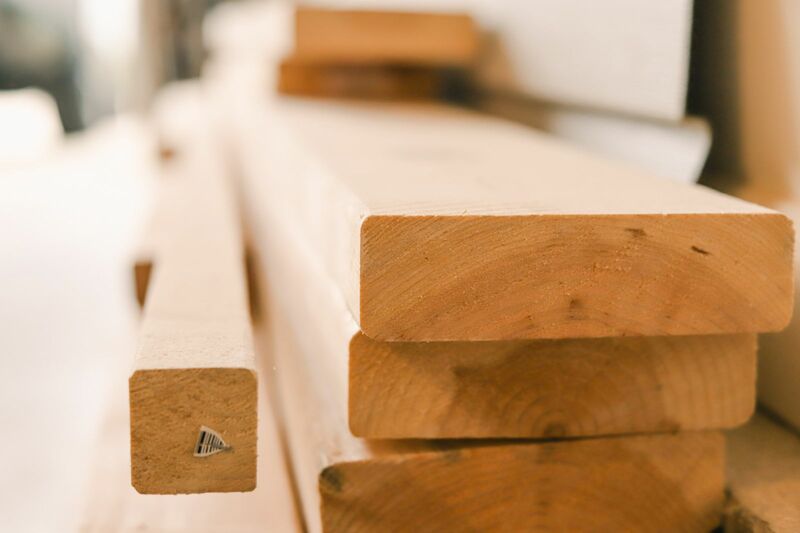
I last wrote about the Chicago Mercantile Exchange’s lumber futures market on March 21. In the article “Lumber Watches the Economy While We Watch Lumber Prices,” I wrote, “Over the past weeks, the inaction in the lumber market could be a lull before a return to lower levels because of high interest rates and a weakening economy. However, if lumber heads higher, it could signal that inflation remains a clear and present danger and may lead other raw material markets that have declined to rebound.”
Since that article, the final CME random-length lumber futures contract disappeared, replaced by the new physical contract. On March 21, 2023, nearby May physical lumber futures were at the $537.50 per 1,000 board feet level. On April 26, they were lower at the $468 level. However, the smaller contract seems to be attracting more activity, which could improve the wood’s market liquidity over the coming months.
The new contract specs
The Chicago Mercantile Exchange’s (CME) new physical lumber contract is smaller than the random-length lumber contract it replaced with a 27,500 board feet contract size. Moreover, the new contract expanded the quantity and delivery location specifications to make it more accessible for hedgers. All new physical lumber contract information is available on the CME’s website.
A trading range in lumber futures
The physical lumber futures contract for May delivery had traded in a $480 to $560 per 1,000 board feet range since early February 2023.

The chart highlights the trading range over the past nearly three months. At the $468 level on April 26, nearby physical lumber futures were breaking below the bottom end of the trading range. High interest rates weighing on the demand for new homes have caused lumber prices to remain under pressure.
Open interest is increasing
As of April 25, the total number of open long and short positions in the physical lumber futures market stood at 3,794 contracts. The open interest metric has steadily increased since August 2022, when the physical lumber began trading.
As the old random-length contract disappears after the May contract’s expiration, the open interest in the physical contract and daily volumes have increased. However, the new contract at 27,500 board feet is far smaller (one-quarter the size) than the old random-length contract that called for 110,000 board feet. Therefore, the increase in open interest is a bit of a mirage, meaning the physical lumber futures have a long way to go to build the critical mass necessary to attract robust hedging, speculative, and other interest that increase liquidity.
Lumber is a critical barometerLumber remains a crucial industrial commodity like copper, crude oil, and other raw materials. However, the lumber market remains far less liquid than the energy commodity or metal. Therefore, lumber futures remain a benchmark barometer useful as a guide instead of a trading or investment market.
Lumber is highly sensitive to interest rates because it is a crucial input in new home building. Meanwhile, wood is also necessary for infrastructure building and rebuilding, making it a leading industrial commodity.
It will take far more open interest and volume to attract speculation and investment. Still, the CME has put forth the new physical contract hoping that the smaller contract size and flexibility will encourage growth in the wood futures arena.
Slowing rate hikes could foster gains
Lumber prices tend to peak around this time of the year, and all-time highs over the past years have come during the spring.

The long-term chart of the previous random-length lumber contract illustrates the pre-2018 record high that occurred in March 1993 at $493.50 per 1,000 board feet. In May 2021, lumber futures rose to an all-time $1,711.20 peak and a lower high of $1,477.40 per 1,000 board feet in March 2022. In late April 2023, the nearby physical lumber price below $500 tells us that the current level of interest rates and economic growth mean the lumber market will remain under pressure this year.
Time will tell if the physical lumber futures contract gains the critical mass necessary to attract the required liquidity that will cause volatility to decline. The first test may come when lumber prices take off on the upside again over the coming years. So far, lumber remains a bellwether industrial commodity more suited for monitoring than trading.
On the date of publication, Andrew Hecht did not have (either directly or indirectly) positions in any of the securities mentioned in this article. All information and data in this article is solely for informational purposes. For more information please view the Barchart Disclosure Policy here.






